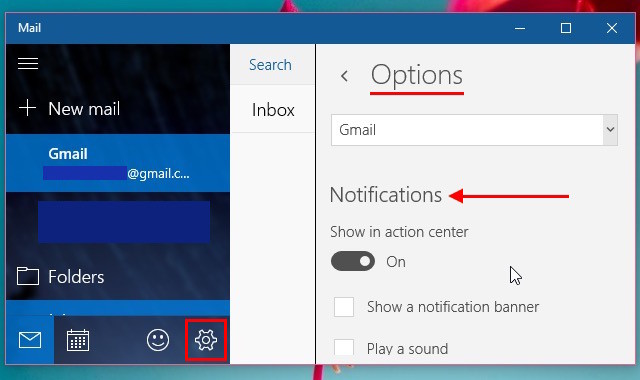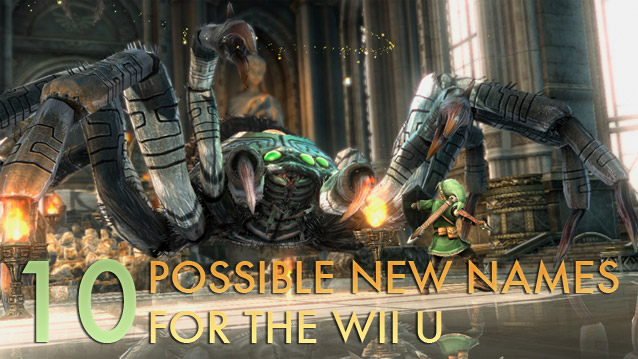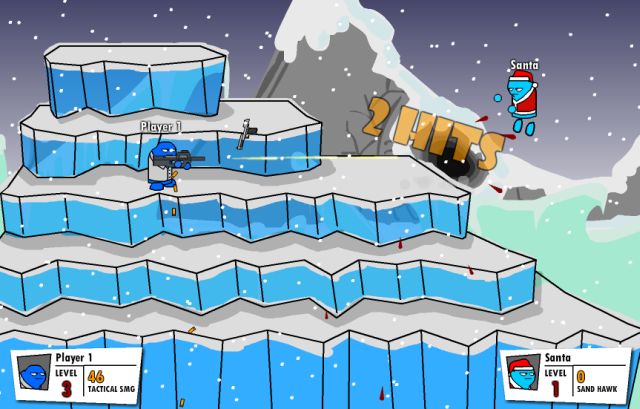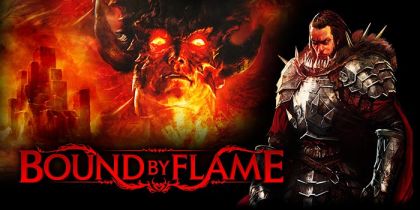

While the release of Company of Heroes 2 didn’t come as early as most predicted, Relic Entertainment has produced a polished real-time strategy title which does a great job at displaying the chaos and hazards of warfare. Company of Heroes 2 isn’t a perfect game, but both its single and multi-player modes ultimately leave those looking for an entertaining strategy game very happy. It’s very similar to the original title, but the improvements made since (and previewed at E3) allow for a more matured, fleshed-out and entertaining strategy experience.
Those who played the original game will immediately be able to jump in and play, as the controls and user interface remain largely unchanged. Luckily, the UI is already very polished, and newbies will quickly grasp how to switch through units and react quickly as the shape of the battlefield changes around them. Combat and gameplay will feel and look the same at first, but it’s all the under-the-hood changes and improvements which make the difference for the second title.
Relic Entertainment has introduced environmental affects into combat, which all commanders must take into consideration during winter warfare. Soldiers trying to move in the middle of blizzards risk being snuffed out by the cold itself, and anyone traversing over a frozen lake risks a watery death should enemies rain explosives down upon them. These dynamic environments introduce a new level of tactical consideration, and as the hecticness of combat takes over many a player are apt to forget that the enemy soldiers aren’t the only threat. This adds a lot to the experience, creating a lot of brand new strategies and evoking a lot of new styles in gameplay when online.
The horrors of the eastern warfront are hard-pressed into Company of Heroes 2, from the aforementioned weather and environment challenges to the way the Soviet army treats conscripts themselves – the campaign will often have the player throw waves of unfortunate conscripts at entrenched machinegunnners or even light up flaming fire traps behind the player’s own soldiers, dooming them to a horrible death to cover a bulk of retreating soldiers. Players will command a large amounts of squad and vehicles in each game mode, moving them around and setting objectives in an effort to take control of the battlefield and gather more supply income. This income is used to ‘purchase’ helpful combat tools like airplane bombing runs when they’re available.
While the missions themselves are taken from real conflicts on the eastern front in World War 2, the cutscenes leave much to be desired. Dated cinematic graphics coupled with strained-accent voice acting and a relatively weak storyline take away from what is a challenging and riveting single player campaign. Each mission has its own sets of challenges as the Soviets start off on the run despite their superior numbers, and all difficulties but the hardest will allow for players to send in unlimited conscripts to aid their cause. While the conscripts aren’t so useful on their own, they can be split up into existing squads of more experience. It’s a subtle change of gameplay, but drastically changes how gamers will play when they’re the Soviets. With 14 missions of decent length, the campaign will take players from retaking Russian cities to the fall of Berlin, and Relic Entertainment has done a good job of showing off some of the true horrors that took place during this time.
The battlefield is always well designed and realistic, with abandoned buildings, sandbags and gritty weather all combining to forge what look like feasible towns and locations from the actual battles. Utilizing the existing cover will be one of the most important aspects of fighting, as soldiers naturally scramble for the sandbags, trucks and fences that will ultimately be the difference between life or death for most. Like the last title, different types of squads will wield different special attacks like grenades, Molotov coktails and war chants. These have cooldowns after each use, encouraging well-timed tactical choices on when to utilize them. As each squad engages enemies, the screams and shouts of individual soldiers will drift up to the player. Squads gain experience whilst in combat, and having veteran units is an invaluable tool. If the squad gets wiped out before conscripts can reinforce them, however, they’re gone for good.
Company of Heroes 2 also boasts a well designed Theater of War mode, which provides more missions beyond the campaign that can also be used in co-op gameplay. The missions provide hours of bonus entertainment, and the online itself is ripe with replayability. A handy Twitch.tv in-game plugin allows for players to instantly begin streaming gameplay once they’ve registered, and the online scene has proven to be full of both capable and not-so-capable commanders. Whilst in the early-game stage, players can pick Commander Abilities which grant them certain bonuses, which become set-in-stone as the battle wanes on. This means commanders will spend the early part of the battle scoping out their enemies and making a build which they believe suits them – and if they’re wrong, it can’t be changed later.
Relic Entertainment supported the original Company of Heroes for several years after its release, creating plenty of content for fans, and the sequel is looking to emulate that experience for the foreseeable future. Company of Heroes 2 deftly manages to provide both slow- and fast-paced levels of real-time strategy in an efficient manner, and the result is fantastic experience from start to finish. Those looking for a new strategy title with plenty of combat should look no further — this game delivers plenty of adrenaline in each game mode it has available.
Company of Heroes 2 is a PC exclusive and is available in stores now.
—
Follow me on Twitter @Makelevi.




 Reincarnation: Riley’s Out Again Walkthrough
Reincarnation: Riley’s Out Again Walkthrough Evolve E3 2014 Preview: Still A Tremendous Amount of Fun
Evolve E3 2014 Preview: Still A Tremendous Amount of Fun Bound By Flame Guide to Fix crash, low fps, video settings, performance, sound issues and bugs
Bound By Flame Guide to Fix crash, low fps, video settings, performance, sound issues and bugs Destiny: The Taken King - How to Get The Touch of Malice Exotic Scout Rifle
Destiny: The Taken King - How to Get The Touch of Malice Exotic Scout Rifle 7 Days to Die Wiki – Everything you need to know about the game .
7 Days to Die Wiki – Everything you need to know about the game .